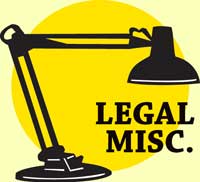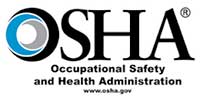Legal Issues Pertaining to Sweeping

Legal Issues Pertaining to Sweeping |
 |
Overview of OSHA's Upcoming Respirable Crystalline Silica Rule
Information compiled by the American Subcontractors Association (ASA) 
OSHA's Respirable Crystalline Silica Rule, which began for construction-related work (with companies with 10 employees or more) on September 23, 2017, is projected to have a significant impact on the power sweeping industry. The following is a quick overview, with links to more info provided by ASA.
The rule, which OSHA issued on March 25, 2016, requires construction employers to limit worker exposure to silica and to take other steps to protect workers. Crystalline silica is a common mineral found in many naturally occurring materials and used at construction sites. Inhaling very small crystalline silica particles can cause multiple diseases, including silicosis, lung cancer, chronic obstructive pulmonary disease and kidney disease. Respirable silica is generated by high-energy operations like cutting, sawing, grinding, drilling and crushing stone, rock, concrete, brick, block and mortar. Activities such as abrasive blasting with sand; sawing brick or concrete; sanding or drilling into concrete walls; grinding mortar; and cutting or crushing stone generate respirable dust. Under the OSHA standard, construction employers can either use a control method, as laid out in Table 1 of the standard, or they can measure workers' exposure to silica and independently decide which dust controls work best to limit exposures to the permissible exposure limit in their workplaces. Regardless of which exposure control method is used, all construction employers covered by the standard are required to:
If you have comments or further information on the topic covered in this article, please let us know. |
© 2005 - 2022 World Sweeper
|
Legal Issues Contents
|